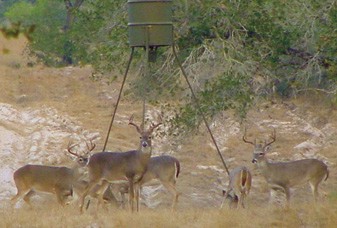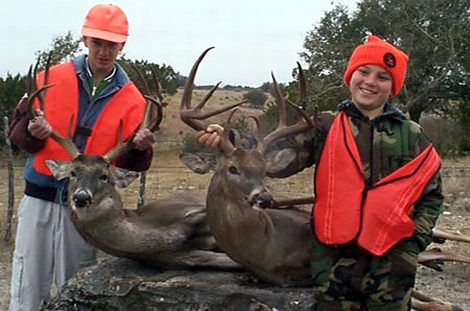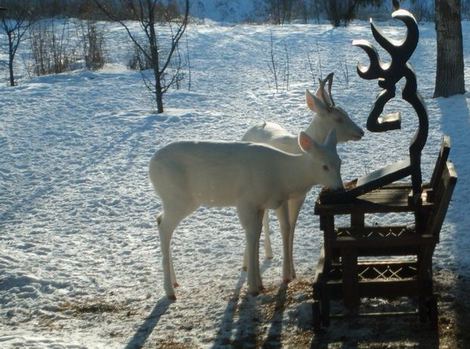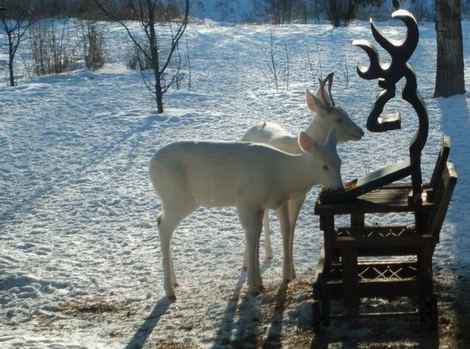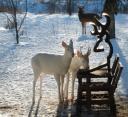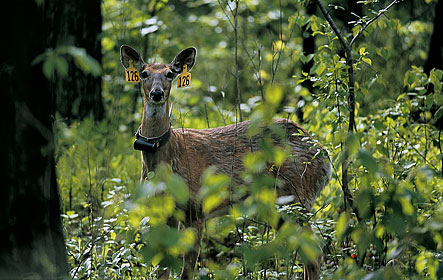
The Louisiana Department of Wildlife and Fisheries (LDWF) and Louisiana State University (LSU) Agriculture Center have spearheaded the study with help from various contributors. The study is has entered its second and final year. The primary objectives of the study are to assess range and movements of male and female white-tailed deer, evaluate age and sex-specific harvest rates of white-tailed deer and evaluate survival and causes of death among male and female white-tailed deer in a Louisiana bottomland hardwood forest.
The study is being conducted on approximately 40,000 acres of bottomland hardwood forest located west of Baton Rouge and east of the Atchafalaya Basin. The study area is currently leased to more than 30 private hunting clubs, and each club belongs to a cooperative that promotes quality deer management on the property. Continue reading “White-tailed Deer Research Continues in Louisiana”

